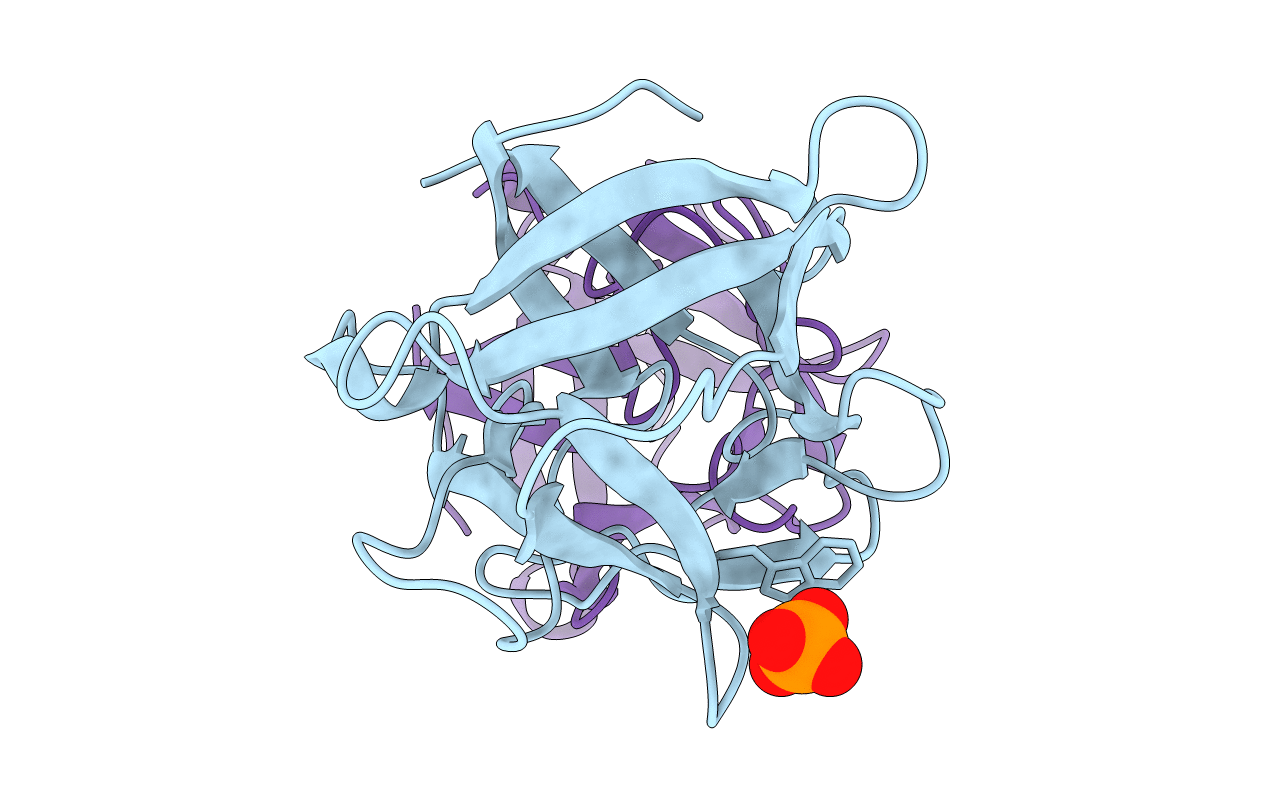
Deposition Date
2014-07-11
Release Date
2015-07-22
Last Version Date
2024-01-10
Entry Detail
PDB ID:
4USP
Keywords:
Title:
X-ray structure of the dimeric CCL2 lectin in native form
Biological Source:
Source Organism:
COPRINOPSIS CINEREA (Taxon ID: 5346)
Host Organism:
Method Details:
Experimental Method:
Resolution:
2.25 Å
R-Value Free:
0.20
R-Value Work:
0.17
R-Value Observed:
0.17
Space Group:
P 41 21 2


